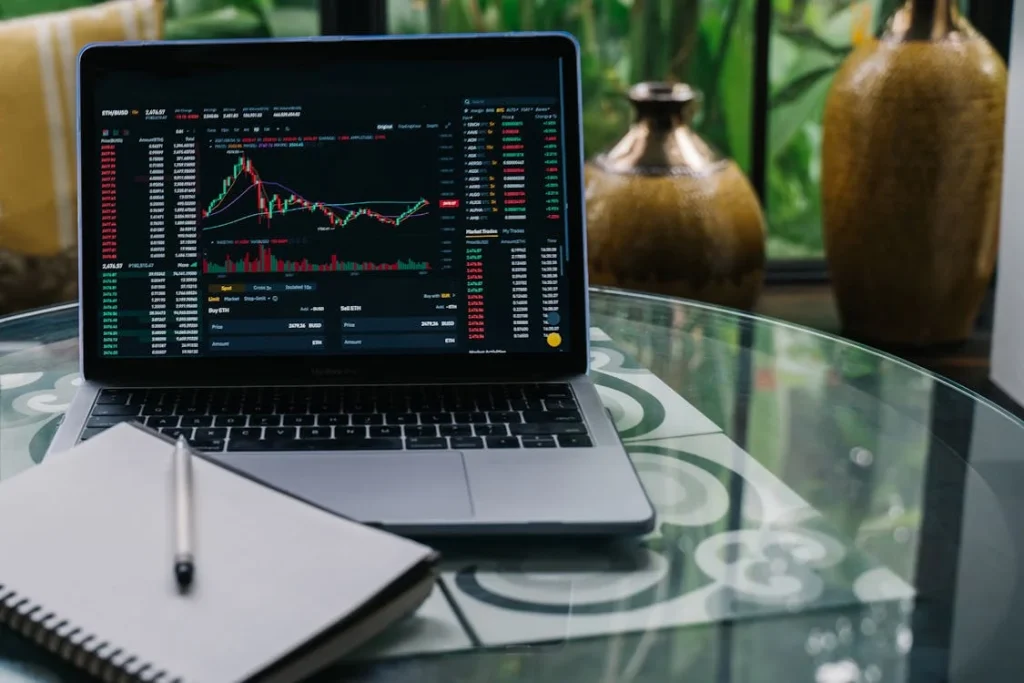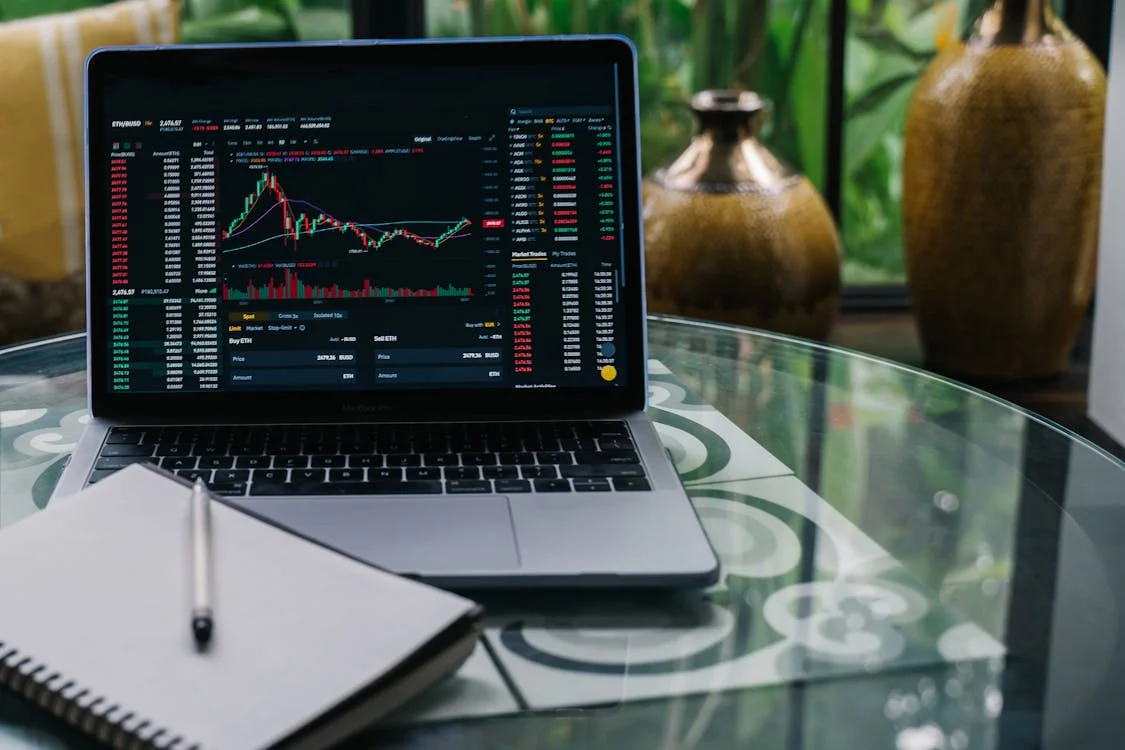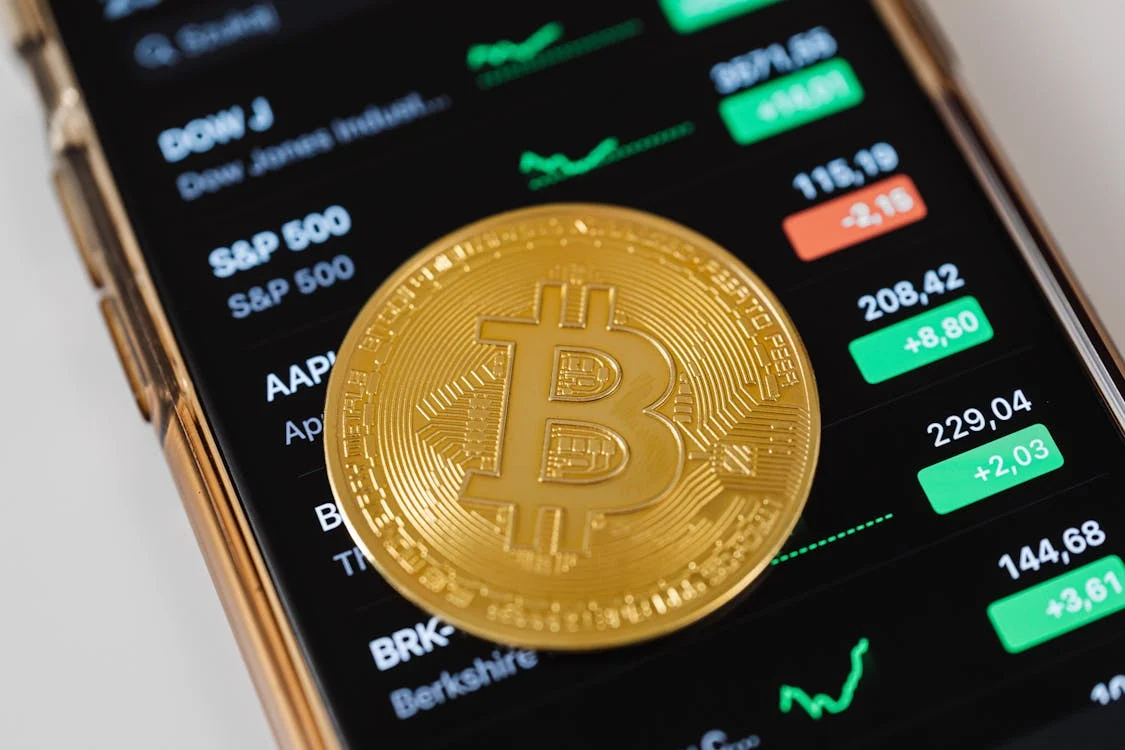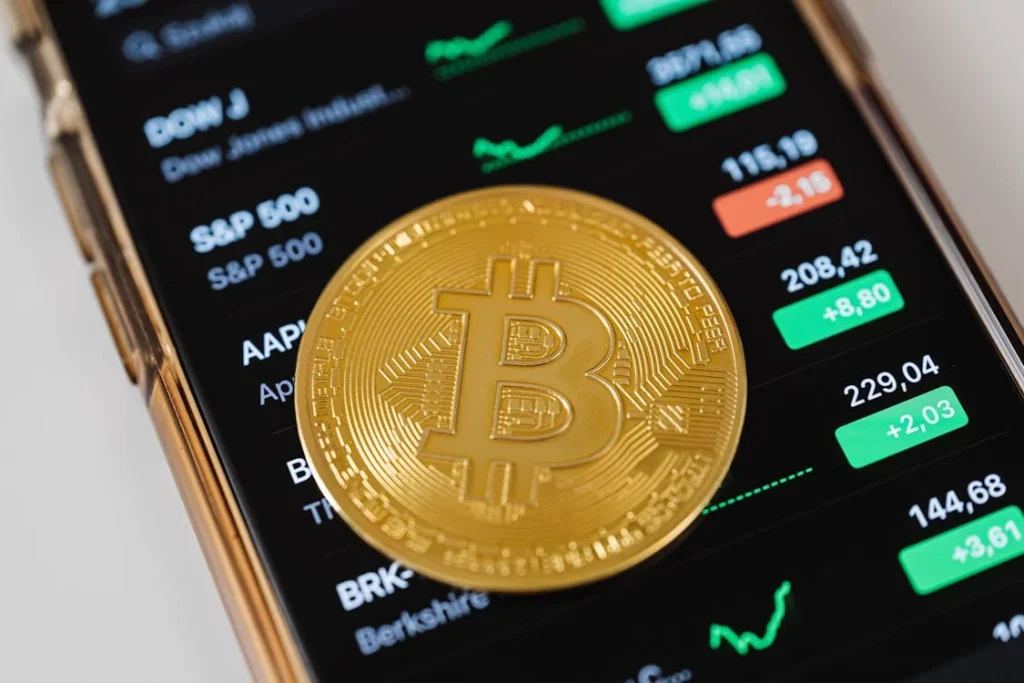Bitcoin: The Revolution Behind the Digital Gold
When people think of Bitcoin, they often imagine an incredibly volatile asset, a “get-rich-quick” opportunity, or something that exists in the world of speculative investment. While these perceptions aren’t entirely wrong, they miss the bigger picture. Bitcoin is not just a digital currency. It’s a revolution—a shift in how we perceive money, trust, and decentralization.
So why does Bitcoin continue to capture the imagination of both seasoned investors and curious beginners? What makes this cryptocurrency stand out from the countless others on the market? Let’s dive into the truth behind Bitcoin and explore why it’s more than just a passing trend.

The Blockchain: The Backbone of Bitcoin
At the core of Bitcoin lies a groundbreaking technology known as blockchain. This decentralized ledger system is the key to Bitcoin’s security, transparency, and resilience. Unlike traditional banking systems, which rely on centralized institutions to verify transactions, blockchain operates on a distributed network of computers (nodes). Every transaction is recorded in a public ledger that cannot be altered once confirmed.
For Bitcoin traders and investors, this means security. With blockchain, Bitcoin transactions are verified by the network in real-time, reducing the chances of fraud or double-spending. And because no single entity controls the network, it’s virtually immune to government interference or central authority control, making it an appealing alternative to fiat currencies.
The Limited Supply: Why Bitcoin Is Digital Gold
One of the most fascinating aspects of Bitcoin is its scarcity. Unlike traditional currencies, which can be printed at will by central banks, Bitcoin has a fixed supply of only 21 million coins. This scarcity is what makes Bitcoin analogous to gold, often referred to as “digital gold.”
As demand for Bitcoin increases—whether due to its perceived value as a store of wealth or its use as an investment tool—the limited supply ensures that it can’t be inflated away. This characteristic positions Bitcoin as a hedge against inflation, much like how gold has been used throughout history.
How Bitcoin Trading Works: Volatility, Timing, and Strategy
Bitcoin’s price is known for its high volatility, making it both a risk and an opportunity for traders. The price of Bitcoin can swing dramatically within short periods, driven by a variety of factors such as market sentiment, technological developments, regulatory news, and macroeconomic trends.
For traders, this volatility can be lucrative—if approached with the right strategy. Many traders use technical analysis, chart patterns, and market sentiment indicators to predict Bitcoin’s price movements. Others rely on fundamental analysis, tracking news events or developments within the cryptocurrency space that could impact Bitcoin’s value.
However, it’s essential to remember that Bitcoin is a long-term game for many. Investors who believe in the underlying technology and its future adoption see Bitcoin as more than a tradeable asset—they view it as a transformative financial tool. As such, they’re willing to hold through price fluctuations, with the expectation that its value will continue to grow over time.
Mining Bitcoin: The Process Behind the Creation of Digital Coins
Bitcoin isn’t just “out there” in the digital ether. It’s created through a process called mining. Bitcoin mining is the process by which new bitcoins are introduced into circulation. It involves solving complex mathematical puzzles using computer power, and the first miner to solve the puzzle gets rewarded with newly minted Bitcoin.
However, mining isn’t as simple as it sounds. It requires specialized hardware, known as ASICs (Application-Specific Integrated Circuits), and consumes vast amounts of energy. As the network’s difficulty level increases, so does the computational power required to mine Bitcoin. This makes mining increasingly competitive, with large mining pools dominating the process.
The Future of Bitcoin: Will It Replace Traditional Currency?
As Bitcoin continues to grow in popularity, many wonder: Could it eventually replace traditional fiat currencies? While Bitcoin certainly has the potential to disrupt the financial system, its widespread adoption as a currency remains uncertain. Issues such as scalability, transaction fees, and regulatory concerns need to be addressed before Bitcoin can compete on the same level as established currencies.
However, Bitcoin is already showing signs of mainstream acceptance. Large institutional investors, such as Tesla and MicroStrategy, have bought significant amounts of Bitcoin, signaling that it’s seen as a legitimate asset class. Additionally, several countries, including El Salvador, have taken steps to integrate Bitcoin into their economies, further legitimizing its place in the financial landscape.
For now, Bitcoin continues to be a store of value and a hedge against traditional financial systems. As the technology behind it evolves and regulatory frameworks take shape, its role in the global economy will likely become clearer.


